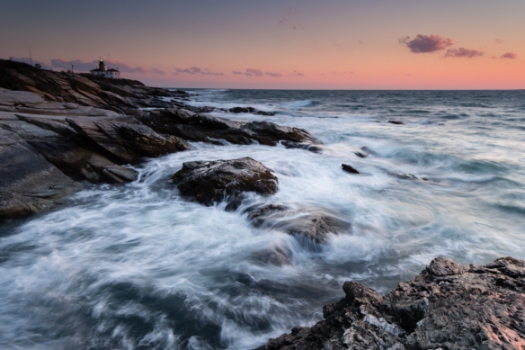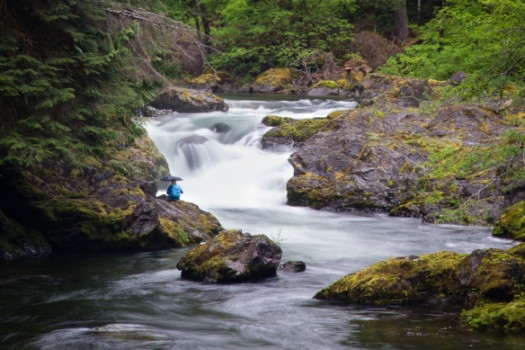I’ve been thinking about what it takes to ‘see pictures’. People will tell you that ‘pictures are all around us’ and yet I find that few are able to consistently find them. Why is that?
Personally I feel as though I go through my day with blinkers on, really only paying attention to the things that I need to pay attention to in the specific moment. The things on the periphery are ignored in an effort to get onto whatever is next as expediently as possible.
This is a sentiment that I found echoed in ‘Sketch‘ in which the author, France Belleville-Van Stone has this to say:
Most of us have acquired, with time, the capacity to “tune out” the things around us. This faculty to conveniently ignore the things that don’e “matter” allows us to live without being constantly bombarded with visual stimuli. We need to be able to drive or walk without being distracted by the slightest object in our field of vision.
As adults we have trained ourselves to disregard the landscape around us in order to keep a certain focus, that is, where are we going, how we are going to answer questions during an upcoming interview, how not to trip in those brand new heels so as to avoid public embarrassment.
Jay Maisel seems to have this problem of seeing licked licked. He always carries his camera with him and is always looking for, and finding, pictures. How does he do that? He seems to have retained a child like curiosity in everything around him.
For me this enhanced way of seeing is most easily achieved when I put myself in new situations, where things are strange or scary or strange and scary. It’s amazing to me how I seem to notice everything when I’m in potentially dangerous situations – balancing precariously on rocks in the ocean before dawn, walking along the beach when it’s so foggy I can hear but can’t see the breaking waves or walking through a forest in the near dark hoping that I’m still on the trail. In these circumstances I have a heightened sense of awareness, time slows down, and I can pay attention to an enormous amount of detail. Interestingly this sense of awareness persists, so that I find that I ‘see’ pictures when I’m on my way home in a way that I didn’t an hour or so earlier.
Have you experienced this sensation? How do you get into the ‘picture taking, seeing zone’?







